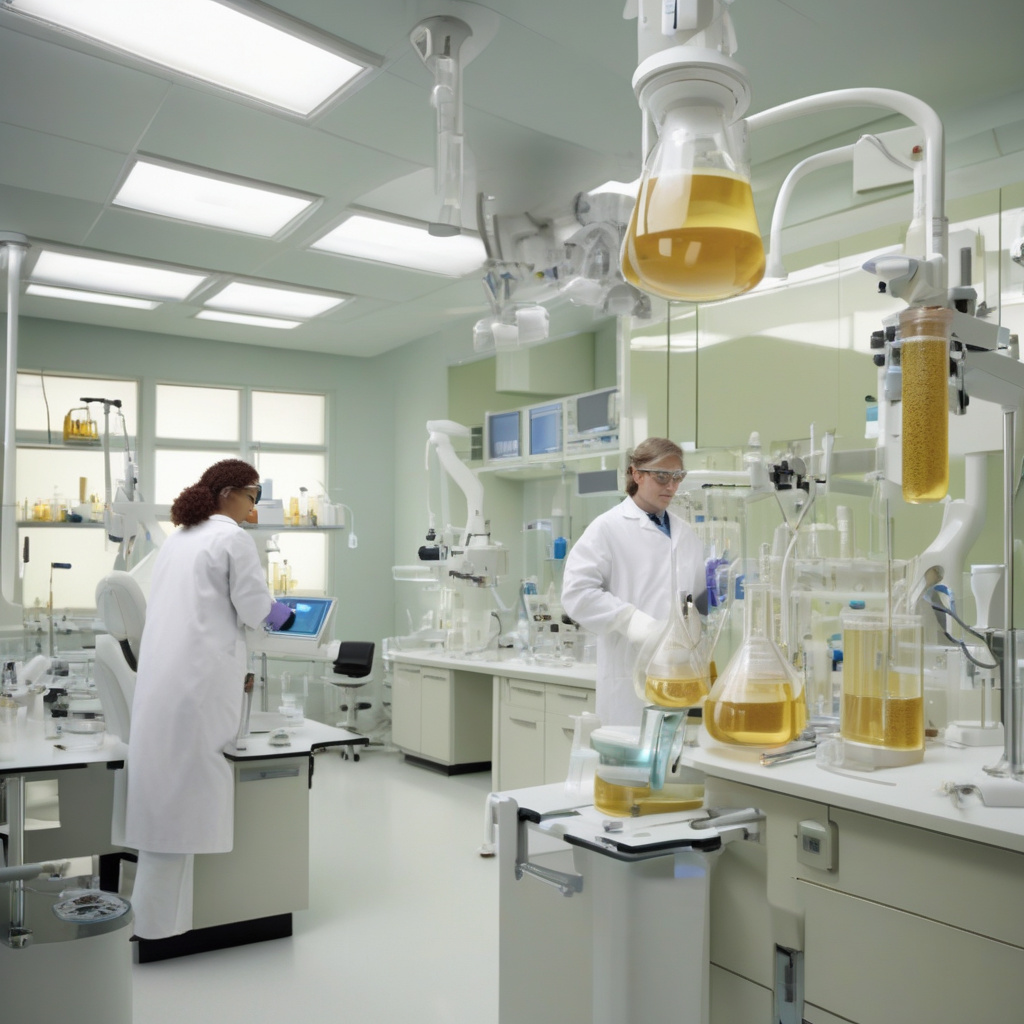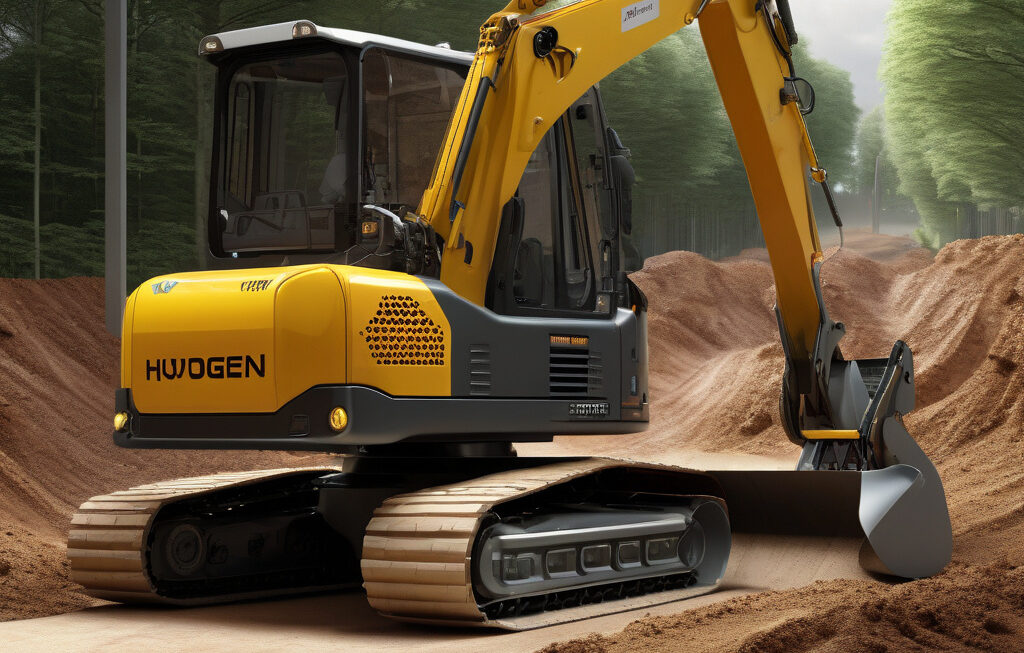Turning Waste into Innovation: Human Urine Transformed into Dental and Bone Implant Material
Human urine is often dismissed as waste. But in large volumes, it poses serious environmental challenges due to its high nutrient content and potential to contaminate water sources. However, a group of innovative scientists has found a groundbreaking way to turn this overlooked resource into something truly valuable: dental and bone implant material.
By harnessing the power of yeast, researchers have developed a cutting-edge process that transforms urea, a key component of urine, into a biocompatible material suitable for use in dental and orthopedic applications. This remarkable feat not only offers a sustainable solution for managing urine waste but also addresses the growing demand for alternative materials in the medical field.
The process begins by collecting human urine, which is rich in urea, a compound commonly found in fertilizers and skin care products. The urine is then treated with a specific strain of yeast that possesses the unique ability to break down urea and reassemble it into a biopolymer known as polyhydroxybutyrate (PHB). This biopolymer is biodegradable, non-toxic, and exhibits excellent compatibility with human tissues, making it an ideal candidate for dental and bone implants.
One of the key advantages of using PHB derived from urine is its ability to promote bone growth and regeneration. Studies have shown that PHB-based materials can stimulate the formation of new bone tissue, making them highly suitable for applications in orthopedic surgery and dentistry. Additionally, because PHB is biodegradable, it eliminates the need for a second surgery to remove the implant once the tissue has healed, reducing patient discomfort and healthcare costs.
Furthermore, the utilization of human urine as a raw material for PHB production offers a sustainable alternative to traditional manufacturing processes that rely on petrochemicals. By repurposing urine, researchers are not only reducing the environmental impact of waste disposal but also contributing to the circular economy by closing the loop on resource utilization.
In addition to its environmental and medical benefits, the conversion of human urine into dental and bone implant material highlights the power of innovation in transforming seemingly ordinary substances into extraordinary solutions. By thinking outside the box and leveraging the inherent properties of urine and yeast, scientists have unlocked a new avenue for sustainable biomaterial production with far-reaching implications for healthcare and waste management.
As research in this field continues to advance, the possibilities for utilizing urine-derived materials in medical applications are endless. From customized dental implants to biodegradable bone scaffolds, the marriage of urine and yeast opens up a world of opportunities for improving patient outcomes and reducing the environmental footprint of healthcare practices.
In conclusion, the conversion of human urine into dental and bone implant material represents a remarkable fusion of science, sustainability, and creativity. By recognizing the potential of urine as more than just waste and harnessing the capabilities of yeast to transform it into a valuable resource, researchers are paving the way for a greener, healthier future in healthcare.
#UrineInnovation, #BiomaterialBreakthrough, #SustainableHealthcare, #MedicalWasteRevolution, #InnovativeScience











